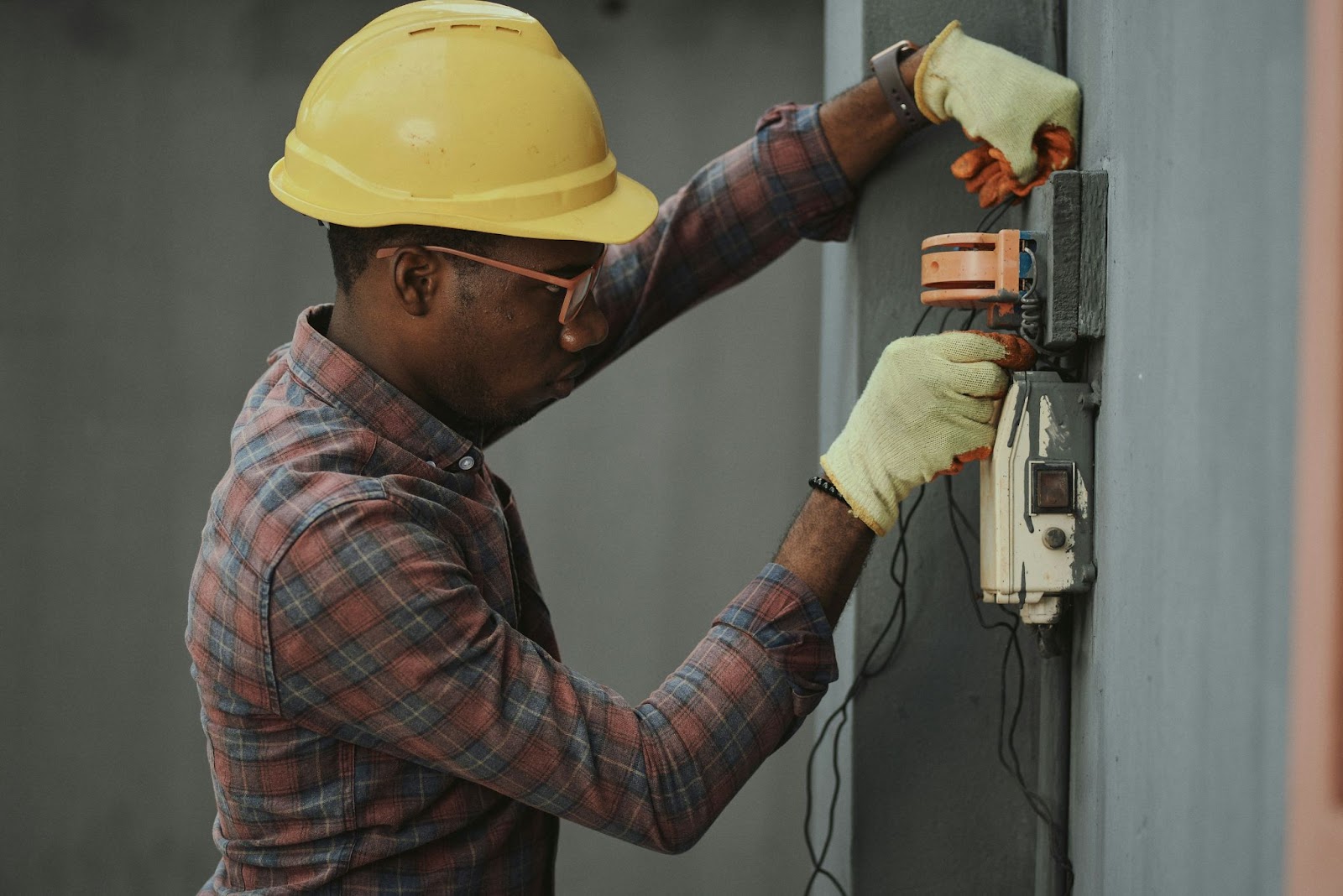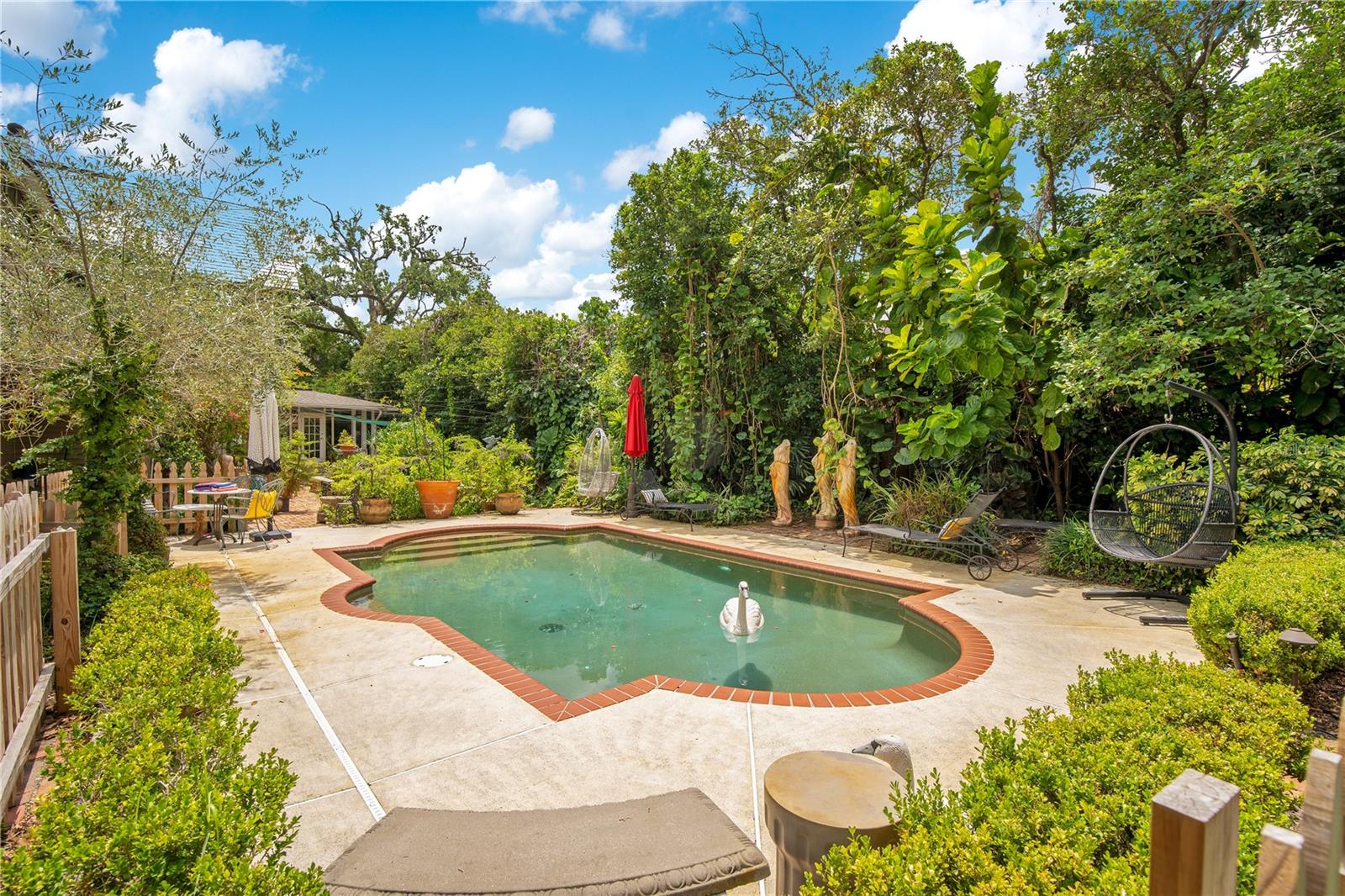How to Negotiate Closing Costs as a Buyer or Seller
Leave a CommentWhen buying or selling a home, many people focus primarily on the purchase price—but closing costs can significantly impact the bottom line for both buyers and sellers. These costs, which typically range from 2% to 5% of the home’s purchase price, can include a variety of fees such as title insurance, loan origination charges, inspections, and more.
While closing costs are often viewed as non-negotiable, the reality is that with the right approach, they can be negotiated effectively. Whether you’re buying your first home or selling your longtime residence, understanding how to navigate and negotiate these costs can make the transaction more affordable and efficient.
What Are Closing Costs?
Closing costs are the various fees and charges that are due at the closing of a real estate transaction. These expenses can vary based on location, lender requirements, and the specifics of the sale. Common closing costs include:
- Loan origination fees
- Title search and insurance
- Appraisal fees
- Survey fees
- Recording fees
- Home inspection fees
- Escrow deposits
- Attorney fees (where applicable)
- Prepaid taxes and insurance
For buyers, these costs are often in addition to the down payment. For sellers, the largest closing costs typically include agent commissions, title insurance, and prorated taxes or utilities.
Who Typically Pays for What?
Traditionally, buyers and sellers are each responsible for different portions of the closing costs:
- Buyers generally cover fees related to their mortgage, appraisal, inspections, and title insurance.
- Sellers typically pay agent commissions, any outstanding property taxes, and fees to clear the title.
However, this division isn’t set in stone. In competitive or buyer-friendly markets, sellers may be asked to help cover some buyer closing costs—and vice versa.
Understanding the local norms in your area is a key first step in knowing what to expect and where there’s room to negotiate.
Negotiating Closing Costs as a Buyer
Understand What You’re Paying For
The first step to negotiation is awareness. Review the Loan Estimate and Closing Disclosure forms provided by your lender. These documents break down all the costs, and understanding them allows you to question anything that looks excessive or unclear.
Look out for:
- Duplicate fees
- Inflated administrative charges
- Optional add-ons (such as specific title insurance endorsements)
Knowledge is power when it comes to negotiation.
Shop Around for Services
As a buyer, you may be able to select providers for services like:
- Title insurance
- Home inspections
- Surveys
- Homeowners insurance
By comparing quotes from different vendors, you may find significant savings. Lenders are required to provide a list of recommended providers, but you’re not obligated to use them.
Negotiate with the Lender
Mortgage-related fees make up a large portion of buyer closing costs. When shopping for a loan, ask lenders if they’re willing to reduce:
- Loan origination fees
- Application fees
- Rate lock fees
Also, some lenders offer no-closing-cost loans—though these often come with slightly higher interest rates. This might make sense if you plan to sell or refinance in a few years.
Ask the Seller to Contribute
In a buyer’s market, like we’re seeing in today’s Orlando market or when a seller is motivated, it’s common for buyers to request seller concessions to offset closing costs. These can include:
- A flat contribution toward closing costs
- Paying for specific fees (e.g., title insurance, survey)
- A repair credit that allows buyers to allocate money toward their fees
- A loan rate buy down
While sellers are often more willing to negotiate on price, strategically asking for help with closing costs can keep more money in your pocket upfront.
Utilize Incentives and Assistance Programs
First-time buyers or those in certain professions (like military service members or teachers) may qualify for closing cost assistance through local, state, or federal programs. Additionally, some builders or developers offer incentives to help cover buyer closing costs, particularly in new home communities.
Negotiating Closing Costs as a Seller
Know the Local Market
Your ability to negotiate largely depends on whether it’s a buyer’s or seller’s market. In a competitive market with multiple offers, you may not need to offer any concessions. But in a slower market, being flexible with closing costs could be the key to getting your home sold.
Understanding what’s typical in your area will help you determine where you have leverage and where concessions might be expected.
Offer Concessions Strategically
If you’re facing a longer time on market or competing with nearby listings, offering to help with buyer closing costs can make your home more attractive. Even a relatively small concession (e.g., $2,000–$5,000) can make a significant difference to a buyer trying to come up with cash.
You can position this as:
- A flat closing cost credit
- A credit tied to the purchase price (“Seller to contribute up to 3% toward buyer’s closing costs”)
Keep in mind: any concessions are typically capped based on loan type (e.g., FHA, VA, or conventional loans have different limits on seller contributions).
Negotiate Agent Commissions
One of the largest closing costs for sellers is the real estate agent commission, often 5%–6% of the sale price, split between the listing and buyer’s agents. While agents earn their commission, there may be room for flexibility depending on the services offered, especially in higher-priced markets or with repeat clients.
Open communication with your agent about expectations and fees can lead to a win-win agreement.
Address Repairs Through Credits
Buyers may request repairs after the home inspection. Instead of making those repairs, you can offer a repair credit at closing—this allows the buyer to handle repairs after closing while potentially reducing your upfront out-of-pocket costs.
This credit can be factored into the buyer’s closing costs, easing their financial burden and keeping the deal on track.
Closing Cost Negotiation Tips for Both Sides
Be Clear in the Offer and Counteroffer Process
All agreements about closing costs should be clearly stated in the purchase agreement, whether it’s:
- A flat dollar amount
- A percentage of the home’s value
- A cap based on actual expenses
Having these terms in writing helps avoid misunderstandings and ensures all parties—and their lenders—are on the same page.
Stay Within Lender Guidelines
Buyers must ensure that any seller contributions comply with their lender’s guidelines. Most loan programs place limits on how much a seller can contribute toward closing costs.
Typical limits include:
- FHA loans: Up to 6% of the home’s value
- VA loans: Typically up to 4%
- Conventional loans: Usually 3%–6% depending on down payment
Understanding these caps helps avoid last-minute delays or adjustments.
Use a Trusted Real Estate Professional
Working with an experienced real estate agent or broker, like Olde Town Brokers can give you a distinct advantage during negotiations. Professionals familiar with local trends can guide you on what’s standard in your market and help you craft or evaluate offers that are competitive and fair.
They can also help anticipate objections and structure the contract in a way that keeps the deal moving forward.
Closing costs can represent a substantial portion of a real estate transaction, but they are far from set in stone. Whether you’re buying or selling, understanding what’s negotiable—and how to approach those negotiations—can help you save money and close the deal on favorable terms.
For buyers, the key is to know your fees, shop around, and look for opportunities to shift some costs to the seller when appropriate. For sellers, offering thoughtful concessions or negotiating commissions can lead to quicker, smoother closings.
No matter which side of the table you’re on, transparency, communication, and strategy are essential to successful negotiations. With the right team and a clear understanding of your priorities, navigating closing costs can be one of the most manageable parts of the home buying or selling journey.










